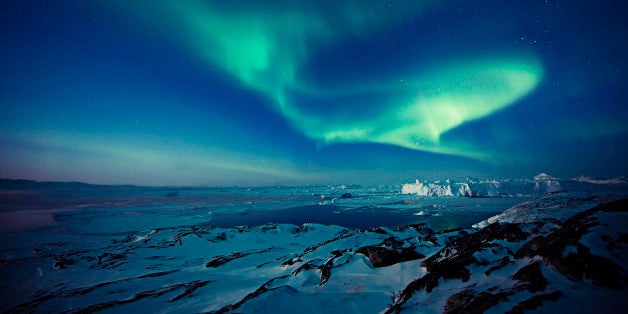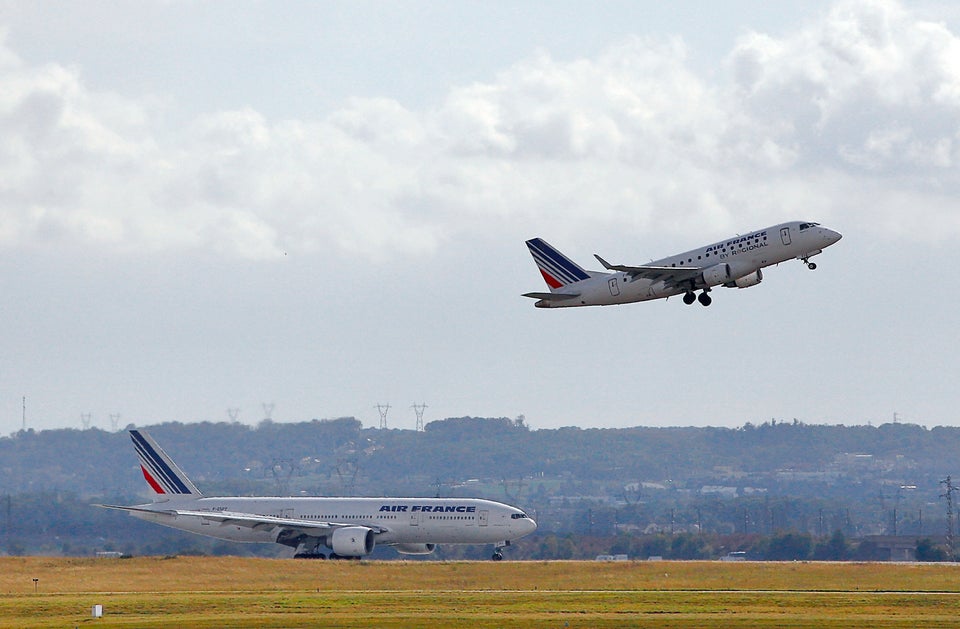
Greenland is famously misnamed. Not only do its few native trees rarely form forests, but most of the island is covered by the only modern ice sheet outside Antarctica. According to Viking legend, Erik the Red dubbed it "Greenland" more than 1,000 years ago, hoping the pleasant name would lure settlers to join him there after he was exiled from Iceland.
But now, thanks to high-speed climate change, Erik's ruse is finally poised to come true. Scientists have long expected rising temperatures to make Greenland greener, but a new study examines how that will likely happen — and how such a transformation could affect the 535 million-acre island, its inhabitants and even climate change itself.
Only four species of trees or large bushes are native to Greenland, forming scattered pockets of greenery along its southern, ice-free edges. And while these won't explode into far-ranging forests overnight, their stock is soaring as the Arctic warms. On top of that, exotic trees from historically warmer climates are expected to move in, especially if humans capitalize on the new climate by importing foreign plants.
"In other words, Greenland has the potential to become a lot greener," says Danish biologist and study co-author Jens-Christian Svenning in a press release. While that may disrupt established ecosystems and even wipe out some Arctic wildlife, it could also bring significant opportunities for Greenlanders, at least in the short term.
"Forests like the coastal coniferous forests in today's Alaska and western Canada will be able to thrive in fairly large parts of Greenland, with trees such as Sitka spruce and lodgepole pine," Svenning says. "This will provide new opportunities for the population of Greenland. For example, we see that people use wood wherever there is forest. This could also create new opportunities for activities such as hunting and commercial exploitation of berries. Forest and scrub will also reduce erosion and affect water runoff."
The Arctic is warming more quickly than the Earth overall, a trend that's expected to continue as greenhouse gas emissions rise and sea ice dwindles. Using U.N. climate forecasts, Svenning and his colleagues found that species like the Arctic dwarf birch will be able to colonize most of Greenland's 96 million ice-free acres by 2100, a big step up from its relatively meager distribution today. On top of that, most of the 44 relevant tree species from North America and Europe could occupy large swaths of Greenland within 90 years, and many of those could already handle its current climate.
Most tree species spread slowly on their own, the researchers note, and even Greenland's native trees would need an extra 2,000 years to fully colonize their new habitats without help. But climate change isn't happening in a vacuum, and given humans' tendency to meddle with nature, we'll likely play a key role in the greening of Greenland.
"People often plant utility and ornamental plants where they can grow," Svenning says. "I believe it lies in our human nature. Such plantings could have a huge impact on the Greenlandic countryside of the future as a source of dissemination." That could be a boon for the economy of Greenland — whose 56,840 residents currently inhabit the least densely populated country on Earth — but also a burden for its ecology.
"[I]t would also be wise to be cautious, and thereby avoid some of the problems we've seen at our latitudes with invasive species such as giant hogweed and rugosa rose," Svenning adds. "The Greenlandic countryside will be far more susceptible to introduced species in the future than it is today. So if importing and planting species takes place without any control, this could lead to nature developing in a very chaotic way."
Various effects of climate change already threaten polar bears, reindeer and other Arctic wildlife, and more disruptions to a vast refuge like Greenland — whether it's forest growth or oil exploration — could add to their woes. And while central Greenland won't be forested anytime soon, the same conditions behind its coastal greening are also melting its ice sheet, part of a global problem that's helping raise sea levels around the world.
Global warming does offer some short-term benefits, though, such as more high-latitude plant growth to serve as a "carbon sink," absorbing excess carbon dioxide from the air. But as Svenning points out to NBC News, there's a trade-off in any large-scale shift from white to green. Snow and ice have a higher albedo than darker ground cover, keeping down surface temperatures by reflecting more sunlight back to space.
"They will sequester carbon," Svenning says of Greenland's future forests. "But I suspect the effect will be limited. And at the same time, the lower albedo of such forests will actually promote local or regional warming."
